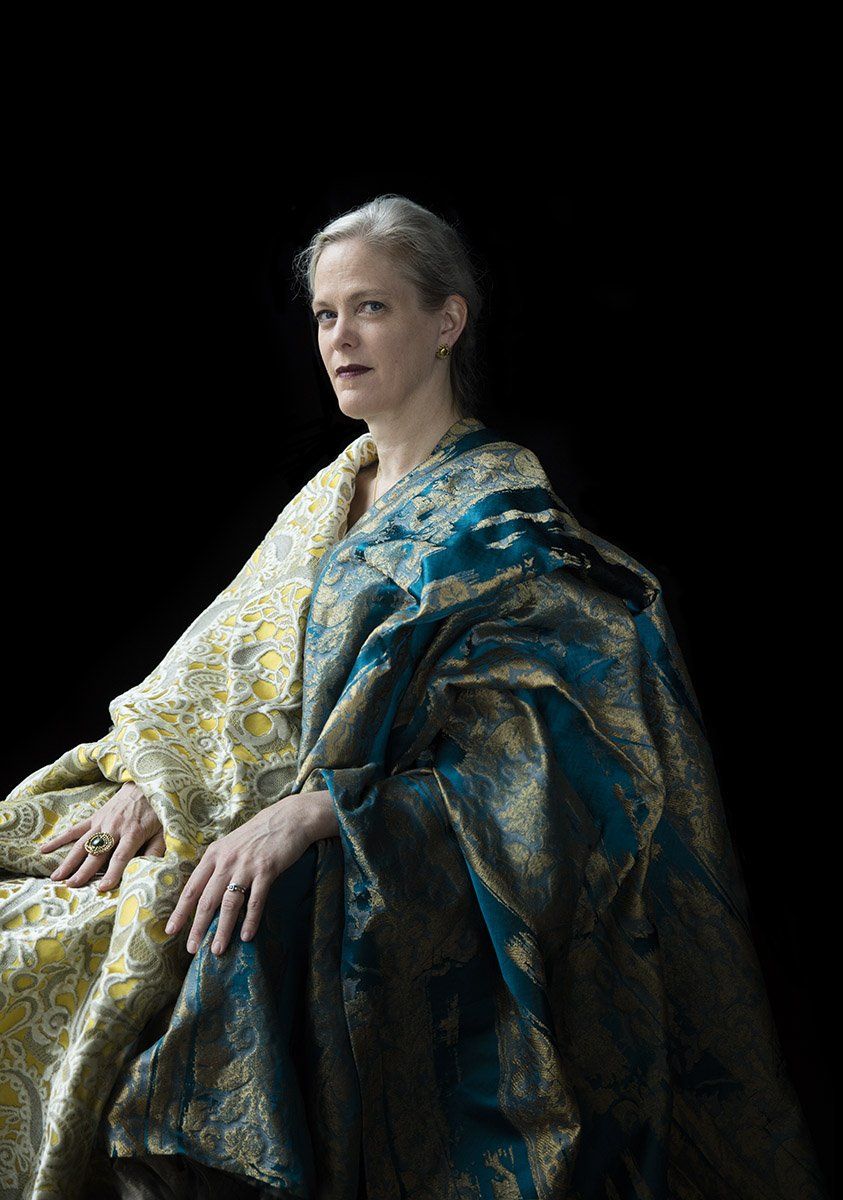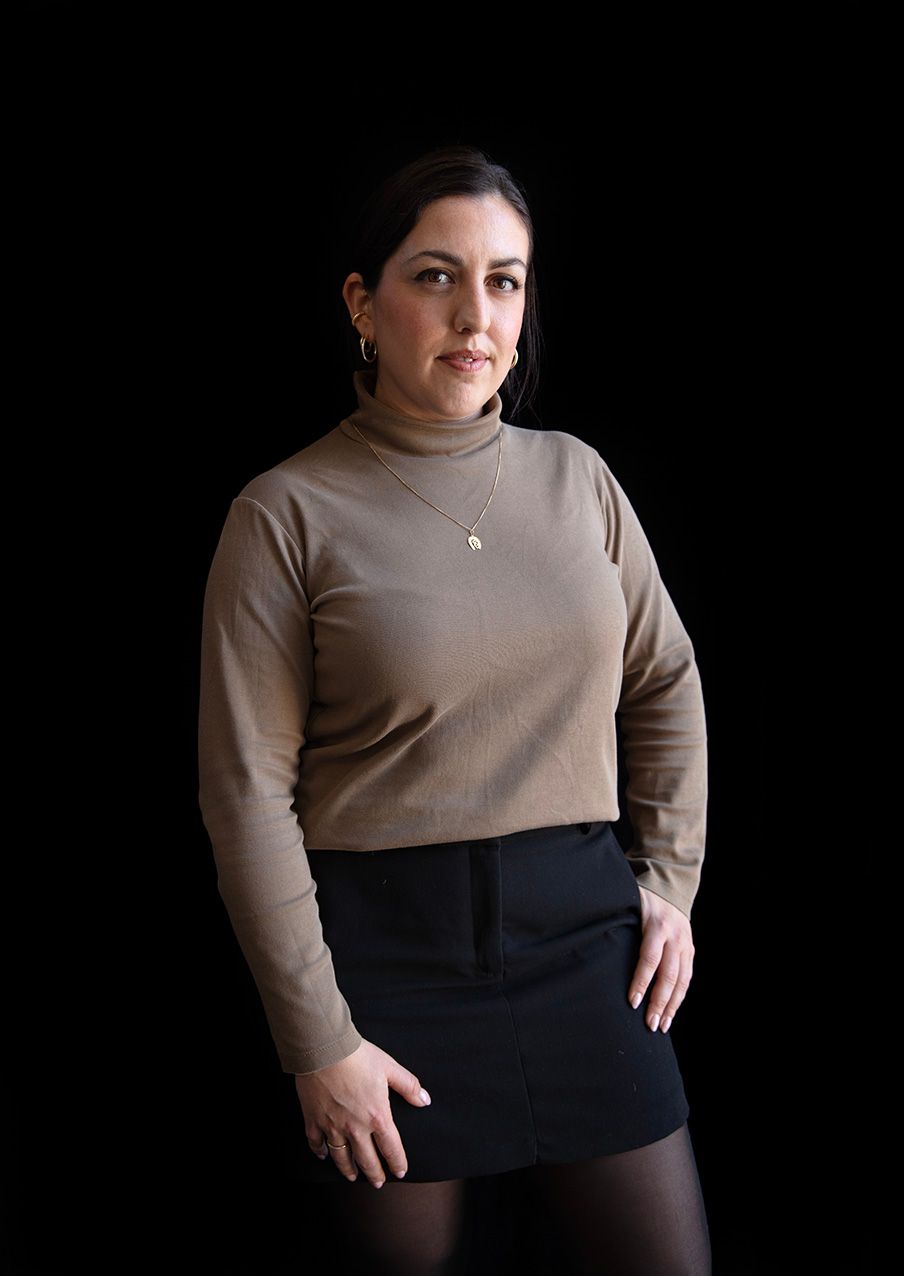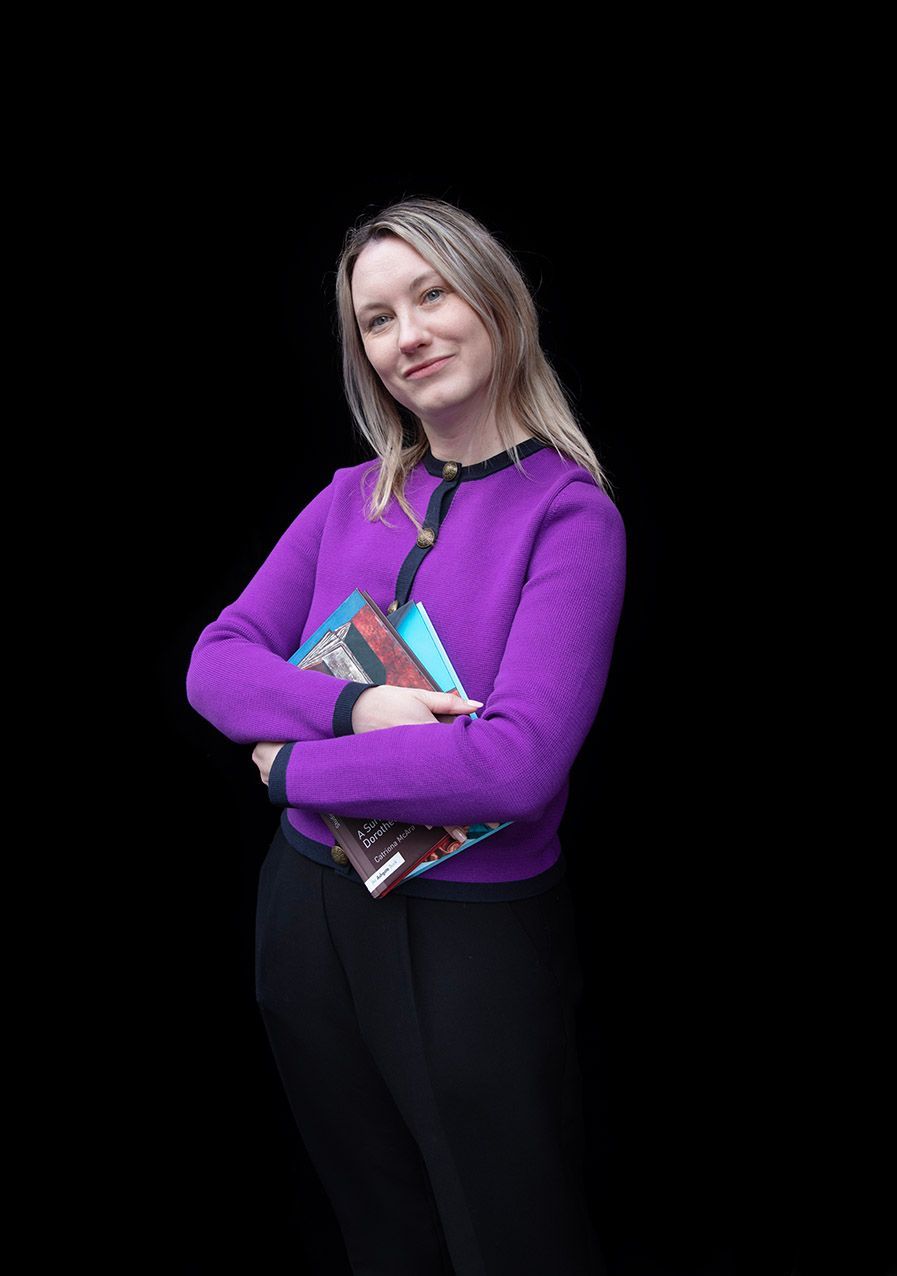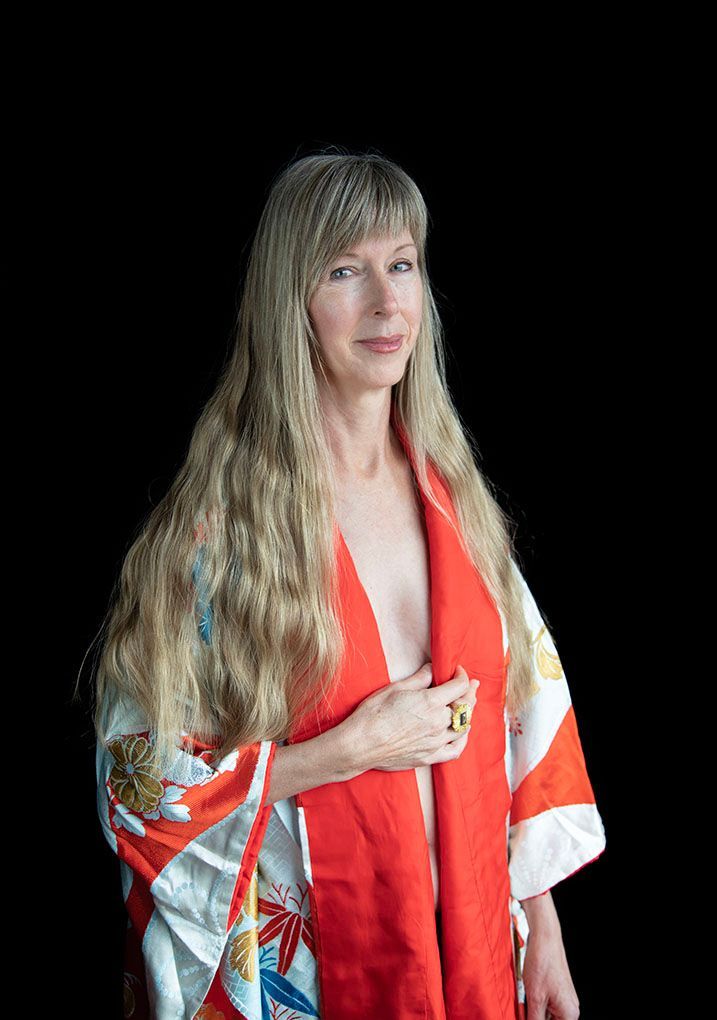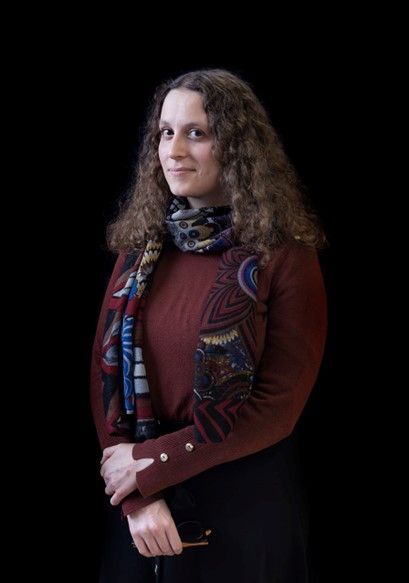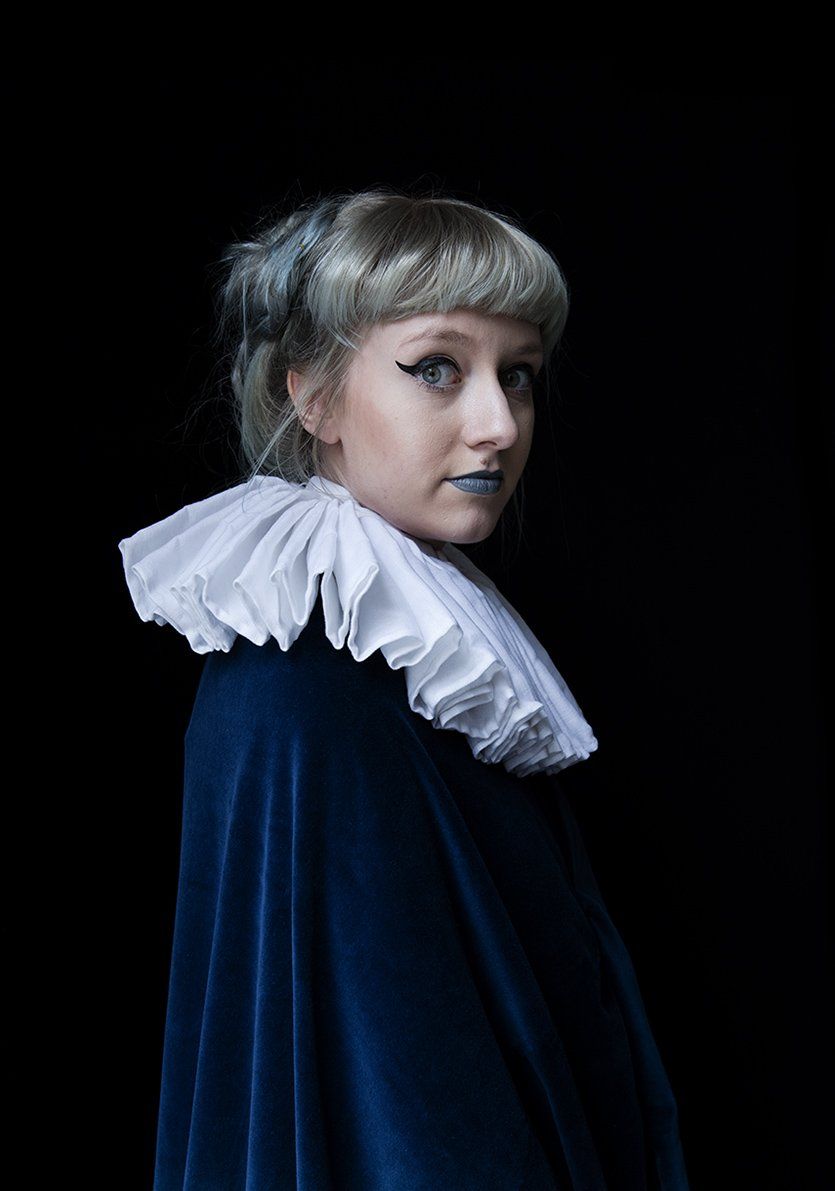Female Voices in Art: Mercè Valderrey, Independent Art Advisor and Art Historian
"Economic disparity, access to opportunities, and decision-making power remain key barriers. Through societal structural change, women can achieve fair representation - not just as creators, but as key voices in shaping the policies and practices that govern the art world."
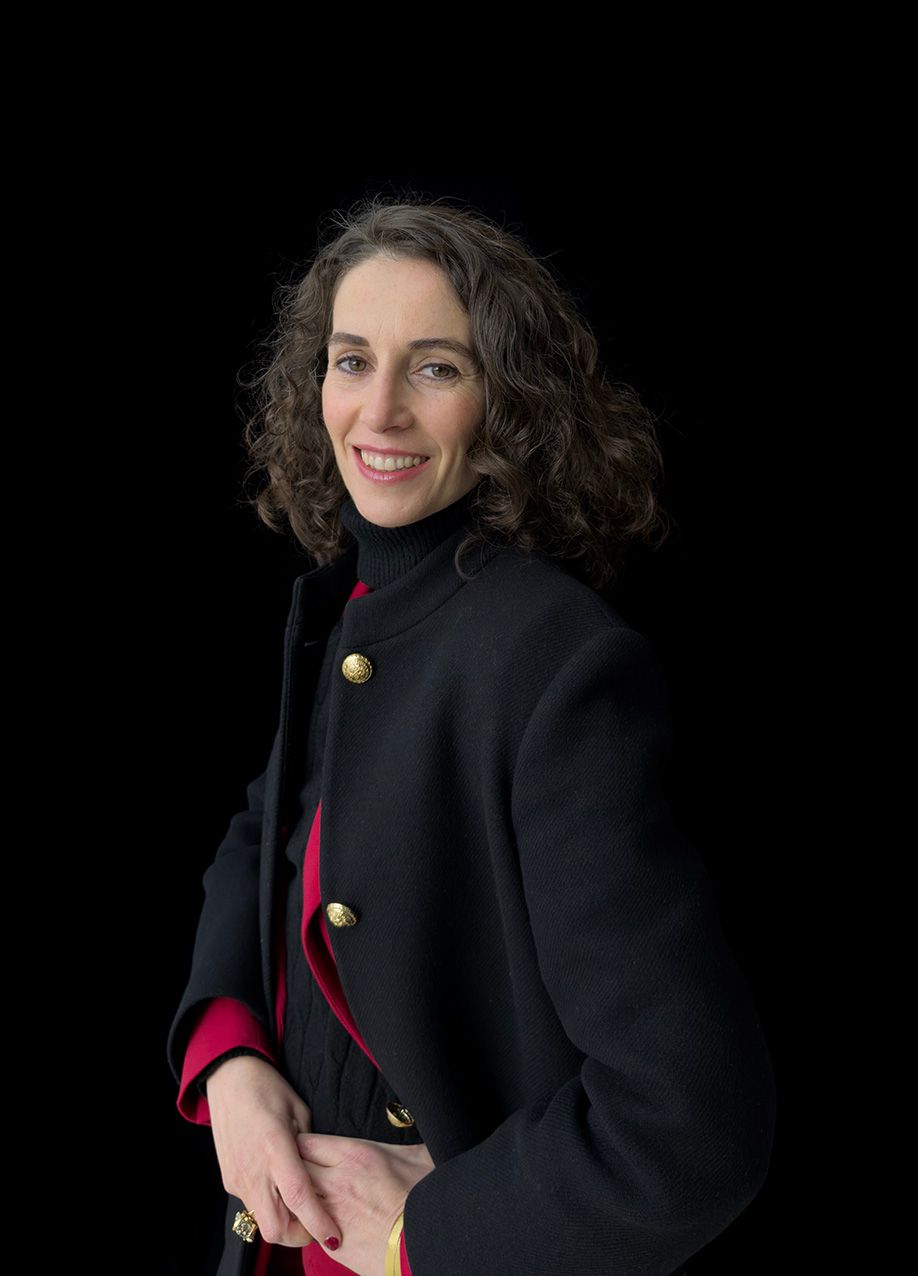
Mercè Valderrey (b. 1981, Barcelona, Spain) is an independent art advisor and art historian. She studied at the University of Barcelona and the University of Granada, Spain, and the University of Bologna (Italy) where she earned multiple scholarships and awarded honors across disciplines. She began her career at the National Bargello Museum in Florence before holding positions as Gallery Manager at Colnaghi in London and Gallery Director at Nicolás Cortés Gallery in Madrid. She established her advisory firm, Mercè Valderrey Art, in 2021. Mercè has curated and collaborated on numerous art exhibitions in renowned museums and galleries. Her work has been published on multiple occasions, primarily in exhibition catalogues for institutions such as Palazzo Pitti in Florence, the Museo Nazionale di Castel Sant’Angelo in Rome, the Museo delle Cappelle Medicee in Florence, the Chiostro del Bramante in Rome, and the Reggia di Venaria Reale in Turin.
Could you tell us something about your role in the art world?
As an independent art advisor, I specialize in sourcing, researching, guiding clients through the acquisition and sale. I manage private collections, offer strategic sales advice, and provide end-to-end support for art transactions, including valuation, provenance research, and negotiation. My focus lies in European Old Masters, with a particular interest in how contemporary artists engage with and respond to these classical works. Additionally, I am deeply committed to highlighting the works of female artists and supporting fellow women professionals in the art world.
What did you enjoy about being a part of this project?
I truly admire this initiative. Women's achievements have long been overlooked or dismissed, making it essential to celebrate our contributions, both within the cultural sector and beyond. I am deeply honored to be part of this series alongside such brilliant women in the art world.
Do you have a favourite artist?
It’s difficult to name just a few! I am drawn to artists whose work is politically charged and explores issues of gender, sexuality, oppression, and historical and contemporary injustices. I also appreciate those who critically engage with symbols and mechanisms of power, authority, and social dynamics. Additionally, I am interested in artists addressing sustainability, climate change, and ecological awareness. Some artists whose work I particularly admire include Laia Abril (Barcelona, b. 1986), Nuria Güell (Girona, b. 1981), Eulàlia Grau (Terrassa, b. 1946), Cristina Iglesias (San Sebastián, b. 1956), Ana Mendieta (Havana, 1948 - New York 1985), Reena Saini Kallat (New Delhi, b. 1973) and Otobong Nkanga (Kano, b. 1974).
What is your earliest memory involving art?
My earliest memories of art are with my parents, who frequently took my siblings and me to cathedrals, historical landmarks, and art exhibitions. I vividly remember visiting the Picasso Museum in Barcelona as a young child with my mother and sister. Both of my parents have a deep passion for art, literature, music, and theater. My mother, who studied Art History at the same university I attended in Barcelona after she retired, has always nurtured a love for the subject. I feel incredibly fortunate to have had such cultured and intellectually curious parents, who ensured that we were constantly surrounded by art, an influence that has profoundly shaped who I am today.
Do you have any special thoughts about the position of women in the art world?
Despite many efforts to challenge the status quo and the male dominance in the arts ecosystem, it is disheartening to see how deeply gender bias persists. Addressing this issue requires looking beyond the representation of women artists and confronting the broader systemic inequalities that shape the cultural sector. We must engage with the political, social, philosophical and economic dimensions of these disparities, advocating for intersectionality, feminist pedagogies, institutional accountability, and the de-colonization of art institutions. Economic disparity, access to opportunities, and decision-making power remain key barriers. Through societal structural change, women can achieve fair representation - not just as creators, but as key voices in shaping the policies and practices that govern the art world.
What are you wearing, and is there a story behind it?
I am wearing something comfortable as I had a long day ahead at the TEFAF fair.
What are you currently working on?
I am working, together with Marta Staudinger, curator and founder of Latela Curatorial in Washington, DC, on a project around the artist Mil Lubroth (1926 - 2004). Lubroth was an American artist who lived and worked in Madrid for most of her life and was an important figure in the Spanish and American mid-century avant-garde.
Her work reflects a convergence of Jewish, Islamic, and Western artistic influences, shaped by the cultural environment of Spain. Despite exhibiting internationally - with solo and group shows at institutions across Europe, the United States, Latin America, and Asia - her career has been largely overlooked, reflecting the challenges faced by female artists in gaining historical recognition.
We are working on an exhibition in Spain and we aim to give greater visibility to her artistic production while also highlighting her contributions to the transatlantic artistic dialogue of her time.
Could you mention a project, an institution that, or a person who has been important or inspiring for your career and why?
Most definitely the National Bargello Museum in Florence, Italy. This was my first role after graduating, where I worked closely with the museum's leadership team. I am extremely grateful to my mentors, Dr. Beatrice Paolozzi Strozzi, Dr. Maria Grazia Vaccari, and Dr. Ilaria Ciseri, who guided and trained me, ensuring I was involved in various aspects of the museum’s activities, including research, exhibition organization, and conservation matters. I will always be grateful to these exceptional women, for whom I have the utmost admiration.
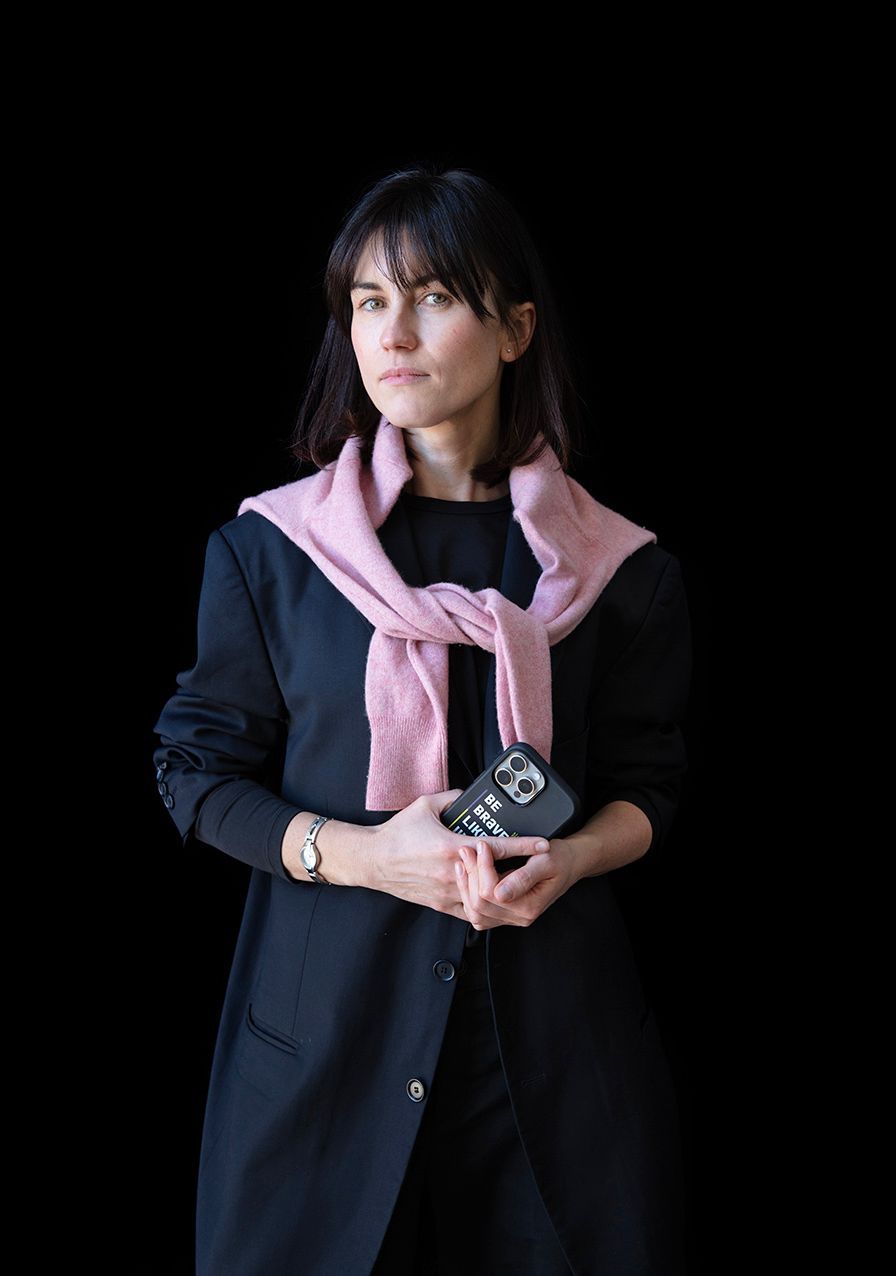
Female Voices in Art: Interview with Mariana Varchuk, Curator Khanenko National Museum of Arts, Kyiv
